Our favorite sales model is well over 100 years old, and some are arguing for an upgrade. Does the “flywheel” stack up to the “funnel”?
Table of Contents
Sales Models and Your Business
If you’ve been doing any sales research within the last ten years, you’ve probably heard of a “sales funnel” before. However, while the “funnel” sales model does solve many problems, there are new approaches developing to address some of its shortcomings for the online sales world.
With unprecedented numbers of buyers planning to shop online for the holidays, it might be time to consider the sales flywheel sales model instead of the traditional sales funnel. Here’s a brief walkthrough on the pros and cons of both sales model options.
The Sales Funnel: Aimed at Closing
The earliest version of the sales funnel (also known as a purchase funnel) was created in 1898 by Elias St. Elmo Lewis, and this sales model is still in use today because it worked so well. The “funnel” is a useful metaphor for this sales model’s step-by-step process of bringing clients closer and closer to closing a deal.
At the entrance to the “funnel” there’s a lot of space with many potential buyers, but these buyers are farthest away from actually purchasing. As the funnel narrows, clients whose demands match with your marketing are more likely to “flow through”, salespeople try to take advantage of these narrowed opportunities to close a sale.
The AIDA sales funnel (a very common sales model that many businesses use) goes like this: Awareness → Interest → Desire → Action.
For online businesses, an updated funnel might look like: Promote an Online Offer → Confirm User Interest → Build Desire with Free Trial → Close Deal.
The aim is to guide the potential customer through each stage at their own pace, providing them with the information they need to increase the likelihood of a sale with each step.
Pros of the Sales Funnel:
- Provides salespeople a step-by-step rubric to judge how close they are to closing, and helps them find their strong points and weak points when working with potential buyers.
- Can help you estimate and quantify demand for your product.
- Lets you model and formulate how many deals you need to be closing with a certain amount of stock in a given period to maximize your profits.
Cons of the Sales Funnel:
- Incentivizes focusing on the buyers near the “end” of the funnel which are likely to close, which risks losing a steady stream of new prospects.
- Modern buyers can do most of their market research on their own with the Internet.
- It’s harder to tell how many potential customers fall into the different levels of your sales funnel when they are researching and purchasing online across different websites.
Even if online buyers want to talk with a sales professional, it is very difficult to scale up live chat Q&A; plus, those customers will only want a few questions answered quickly before ending the conversation.
The Sales Flywheel: Aimed at Growth
In response to the problems facing the traditional funnel sales model, the marketing software developer Hubspot proposed the new flywheel model. Now, simply switching over to the sales flywheel isn’t a solution to every problem that your business might face, it isn’t a magic bullet, but it offers some unique benefits.
The sales flywheel is intended to help you think about the momentum of your business, and the role customers play in building that momentum. Instead of thinking of customers as an end product (you push leads in one end of the pipeline, get customers out the other) the flywheel thinks of customers as an energy source for your business to promote future growth.
The flywheel model looks like a circle, with growth in the center. Surrounding this center is an outer cycle: Attract → Engage → Delight → Attract → … and so on…
Let’s break this down:
- Attract: Earn the viewer’s attention; make it as easy as possible for leads to learn about your business.
- Engage: Make your goods and services as accessible as possible; open relationships with personalization, proper ad targeting, and social media integration.
- Delight: Help the customer reach their goals; astound them with the quality of your products, services, and support systems.
The fact that the flywheel is cyclical is important. To measure success with this sales model you cannot just tally up the number of sales made. Instead, you need to promote smooth, frictionless movement from one step to the next. It’s not about reaching one single value at the end of the quarter, it’s about movement and growth. The main question to always be asking is: is there something slowing you down in the cycle?
Customers play an essential role in the flywheel: satisfied customers keep buying, and they serve as an attractor for more customers. In the flywheel, the customer is an input, they help keep things going. You want to pay attention to your customers even after you have closed the deal.
Pros of the Flywheel:
- Focused on overall growth and efficiency of your entire business, not too focused on one sales metric.
- Encourages you to see customers and clients as an ongoing resource, not just a result of sales that you should just forget about after closing.
- The needs of the customer are always foregrounded, and customer support is ongoing.
- Ongoing: each step feeds into the next, less likely to get stuck focusing on one level.
Cons of the Flywheel:
- Still relatively new.
- Cyclical structure is less intuitive than the step-by-step funnel.
Use Your Tools with Intention
Whether you choose to focus on the funnel or flywheel model may depend on the size of your business, your existing customer base, and your competition. Looking ahead at the forthcoming holidays, you should ask yourself: “do I need to streamline my sales to close more, or do I need to leverage my consumers to grow my business?” Either option is an acceptable answer, and will determine which model is better for your business right now.



